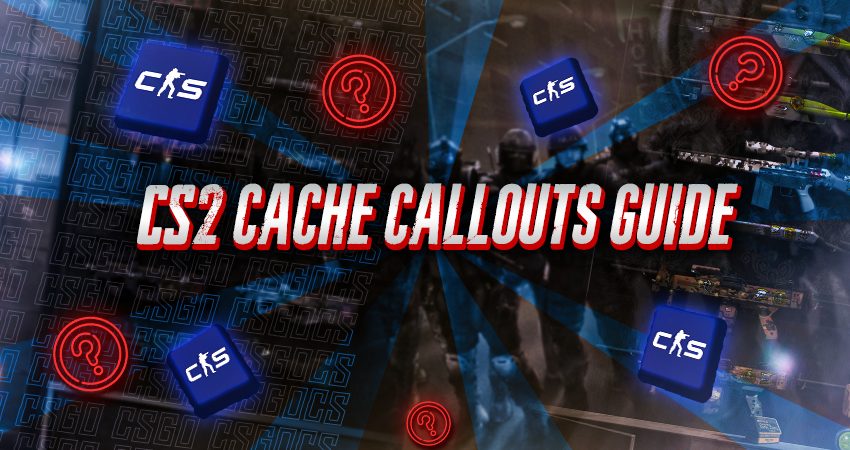Dramacool Hub
Your go-to source for the latest dramas, reviews, and insights.
Cache Chronicles: Your Sneaky Strategy Playbook
Unlock the secrets to outsmarting the competition with Cache Chronicles—your ultimate guide to sneaky strategy plays! Dive in and dominate today!
Unlocking the Secrets: How to Master Caching Strategies for Optimal Performance
In the realm of web performance, caching is a pivotal strategy that can significantly enhance user experience and speed. By storing frequently accessed data closer to the user, caching reduces load times and server strain. Mastering caching strategies requires an understanding of various types, such as browser caching, server caching, and content delivery networks (CDNs). Implementing these techniques effectively can lead to improved page load speeds, resulting in better SEO rankings and a more satisfied audience.
To truly unlock the potential of caching, businesses must consider several key factors. Firstly, identify the content that benefits the most from caching—this often includes static resources like images, CSS files, and JavaScript. Next, prioritize cache control headers to define how and when content is cached. Lastly, regular cache purging ensures that users are always served the most up-to-date information without sacrificing performance. By paying attention to these elements, you can achieve optimal performance through intelligent caching strategies.

Counter-Strike is a popular multiplayer first-person shooter game that has captivated players for years. It focuses on team-based gameplay, where players can choose to fight as terrorists or counter-terrorists. If you're interested in tracking your performance, you can find how to check cs2 stats to stay updated on your skills and progress.
The Beginner's Guide to Caching: What You Need to Know to Get Started
Caching is a crucial concept for anyone looking to improve website performance and user experience. At its core, caching is the process of storing copies of files or data in temporary storage locations, allowing for quicker access compared to retrieving the information from the original source each time. This guide will cover the fundamental aspects of caching, including its types and best practices to implement it effectively. Understanding these concepts will help you streamline your website, reduce load times, and enhance engagement.
There are several types of caching, including browser caching, server caching, and CDN (Content Delivery Network) caching. Browser caching saves certain files on the user's device, so they don’t need to be downloaded again on subsequent visits. Server caching improves data retrieval on the server side, while CDN caching utilizes a network of servers to deliver content more efficiently. To get started with caching, consider the following steps:
- Identify what files to cache.
- Set appropriate expiration times.
- Utilize caching plugins or built-in features in your CMS.
- Regularly test and optimize your caching strategies.
Is Your Caching Strategy Sabotaging Your Success? Common Pitfalls to Avoid
In the world of digital marketing, caching is often viewed as a critical component of optimized website performance. However, if not implemented correctly, your caching strategy can inadvertently sabotage your success. One common pitfall is using aggressive caching settings that prevent users from seeing the latest content. This issue can negatively impact your SEO rankings and user engagement, as stale information can lead to higher bounce rates. It’s essential to regularly review and update your caching strategy to ensure it aligns with your current content and user needs.
Another frequent mistake is neglecting to account for dynamic content when configuring your caching layers. Many businesses rely too heavily on static caching, which can hinder the performance of personalized user experiences. Tools such as content delivery networks (CDNs) can help manage this by serving cached content efficiently while allowing for dynamic updates. To avoid these missteps, consider these key tips for an effective caching strategy:
- Regularly audit your caching configurations.
- Prioritize user experience over sheer loading speed.
- Use cache purging strategically to ensure users receive the freshest content.